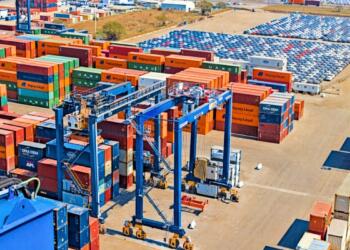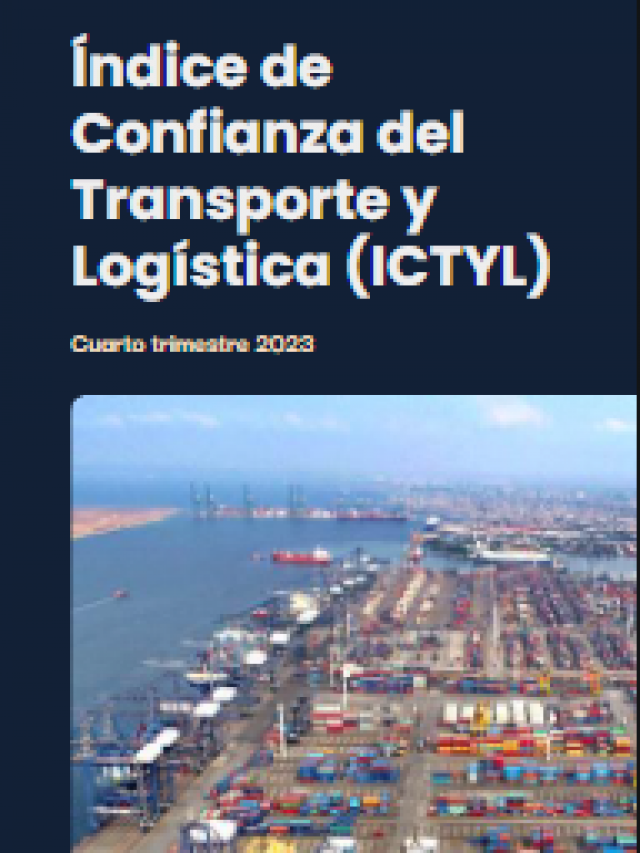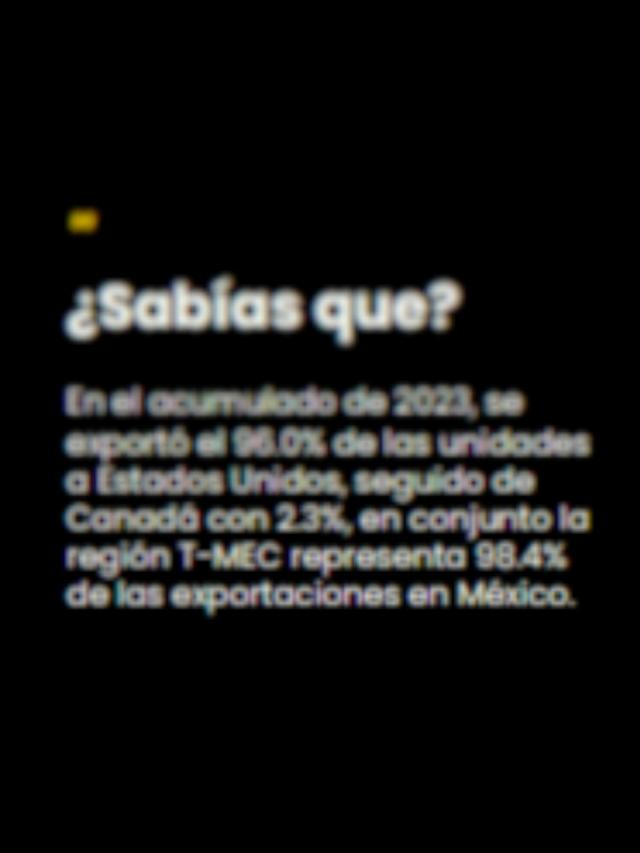
The arrival of Donald Trump to the presidency of the United States for a second term has unleashed uncertainty in the world economy, which would affect the commercial relationship with Mexico and the revision of the treaty that both countries also have with Canada. In light of this, analysts have suggested that Mexico should take advantage of and strengthen the other treaties it has signed , but without neglecting the North American market .
According to the Ministry of Economy (SE) , Mexico has 14 free trade agreements with 50 countries , as well as 30 Agreements for the Promotion and Reciprocal Protection of Investments (APPRI) with 31countries or administrative regions.
This makes Mexico one of the countries with the most trade relations in the world, which cover North America, Latin America, Europe, Asia and Oceania.
Among the most important trade agreements is the United States-Mexico-Canada Agreement (USMCA) , formerly known as the North American Free Trade Agreement (NAFTA) , which came into force on January 1, 1994 .
The USMCA, which replaced NAFTA, came into force on July 1, 2020, and represented an update of the trade rules between the three partner countries that make up the agreement. It includes chapters on digital trade, intellectual property, the environment, and labor standards.
According to the SE, the T-MEC is the best business that the region has had, since, to highlight some figures, it employs 17 million people at a regional level, generates approximately 3.1 million dollars (mdd) per minute and represents 30% of the world GDP .
In addition, it has strengthened the national economy, as well as Foreign Direct Investment (FDI) linked to the relocation of production lines in Mexico ( nearshoring ), which grew more than 47% between 2022 and 2023.
These figures reflect the importance of this trilateral agreement for the North American region , so, given its review, scheduled for 2026, and the uncertainty caused by the President of the United States, Donald Trump, with the upcoming imposition of 25% tariffs on Mexico , it is essential that negotiators try to carry out the next review on good terms, in which, as various analysts have said, a tense environment will prevail.
In light of this, Mexico must take advantage of the other free trade agreements it has signed with other regions and countries.
Other trade agreements that Mexico has
According to the Government of Mexico , a trade treaty is an agreement established by two or more countries under the protection of international law in order to improve their economic and commercial relations.
In addition to the USMCA, Mexico has other treaties with which it has expanded its trade exchange, and among the most important are:
- Free Trade Agreement with the European Union (TLCUEM): This agreement has been in force since 2000, and is relevant since the exchange of goods between the European Union and Mexico reached 82 billion euros in 2023 and services for 22 billion euros in 2022.
- Free Trade Agreement with the European Free Trade Association (EFTA): Includes Iceland, Norway, Liechtenstein and Switzerland and was signed in 2002. In 2020 alone, Mexico exported more than US$500 million in automotive goods to EFTA, and in the same year exports of various products such as beer and tequila exceeded US$5 billion .
- Mexico-Peru Trade Agreement: This agreement has been in force since 2012 and has provided mutual benefits. According to the Ministry of Economy, in November 2024 the trade balance between the two countries was US$96 million , as Mexico’s exports to Peru were US$102 million , while international purchases were US $106 million .
- Mexico-Japan Economic Partnership Agreement: This is one of the most important agreements for Mexico, since according to figures from the DataMéxico portal , in November 2024 Mexico’s international sales to Japan were US$356 million , while international purchases reached US$1,672 million . The trade balance was US $1,315 million .
- Pacific Alliance: It is made up of Mexico, Colombia, Chile and Peru and was established in 2011. In January 2024 alone, Mexico conducted business worth 25 million dollars in exports with the Pacific Alliance, which represents 40% of Latin America’s GDP.
- Mexico-Uruguay Free Trade Agreement: It was signed in 2003 and is the only agreement of its kind with a country in the Southern Common Market (Mercosur) . According to the Government of Mexico, in 2021, Mexican exports to Uruguay were US$264 million , and imports reached US $330 million .
- Mexico-Panama Trade Agreement: It has been in force since 2015. According to DataMéxico, in November 2024, international sales from Mexico to Panama were US$4 million , while international purchases reached US $8.48 million , making it also a relevant agreement.
- Free Trade Agreement with Central America: In 1995, Mexico signed a trade agreement with Costa Rica and with Nicaragua in 1997, then signed another with El Salvador, Honduras and Guatemala, and in 2011 they were all unified. According to the Ministry of Foreign Trade of Costa Rica , the total trade of this country in 2023 was 40.76 billion dollars .
- Mexico-Bolivia Free Trade Agreement: Trade relations with this country are carried out through an Economic Complementation Agreement , although the treaty was in force from 1995 to 2010. According to DataMéxico, in November 2024, Mexico’s international sales to that South American country were US$98 million , while international purchases reached US $5.27 million .
- Mexico-Israel Free Trade Agreement: It was signed and entered into force in 2000. According to the SE, since then Mexico’s trade with that country has grown 8 percent .
- Comprehensive and Progressive Agreement for Trans-Pacific Partnership (CPTPP): It is made up of Mexico, Canada, Australia, Brunei, Japan, Chile, Malaysia, Peru, Singapore, Vietnam and New Zealand. In 2023 alone, the member countries of this agreement represented 8% of global trade .
In addition to these trade agreements, Mexico actively participates in multilateral and regional organizations and forums such as the World Trade Organization (WTO) and the Organization for Economic Cooperation and Development (OECD) , among others, according to the Ministry of Economy.
Among the favorable points of Mexico’s foreign trade is an increase in Foreign Direct Investment (FDI) received by our country in 2024, which, according to the Global Investment Trends Monitor report of the United Nations Conference on Trade and Development (UNCTAD) , had an annual increase of 11% , “which shows resilience in the face of broader challenges.”
Furthermore, one of the most successful Mexican industries is the automotiveindustry , which, according to the report Estimates of trade trends in Latin America and the Caribbean, 2025 edition, from the Inter-American Development Bank (IDB) , was one of the sectors that boosted our country’s exports , which, according to this organization, expanded by 4% in 2024.
Meanwhile, in addition to the United States, the country that topped the list of Mexico’s main export destinations last November, Canada and China followed. In the penultimate month of 2024 alone, exports to Canada amounted to US$1,712 million and to China US $ 942 million , according to the DataMéxico portal with figures from the National Institute of Statistics and Geography (Inegi) .
Given the complicated outlook, the country must strengthen its trade relations to face the difficulties that may arise in the negotiation of the T-MEC, as well as the possible imposition of tariffs, since Mexico has somewhere to turn to strengthen its trade without neglecting the most important market, which is that of its northern neighbor.
Comment and follow us on X: @GrupoT21















